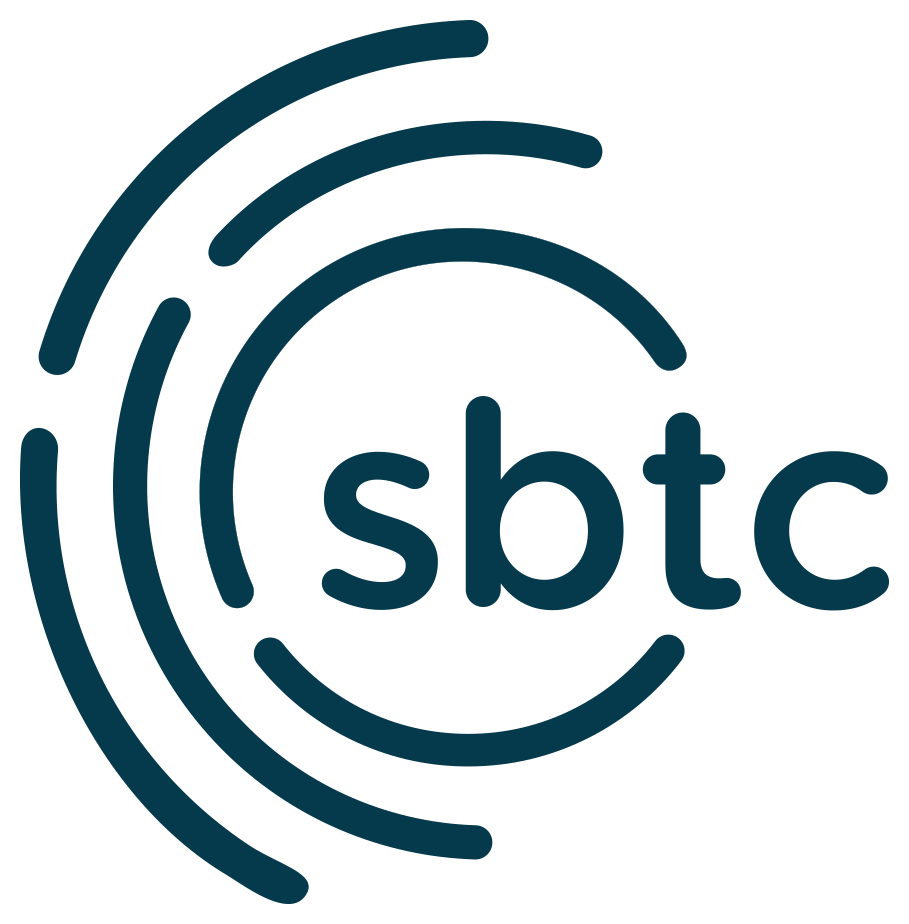The Lord has not given believers a spirit of fear, but of love, power, and a sound mind. Still, people naturally work out mental and emotional dysfunctions within the context of meaningful relationships. In a time of social distancing, the potential for unresolved mental and emotional troubles is higher than normal.
Even as this season continues, the mental and emotional effects will be long lasting. It is essential to be sensitive, encouraging, and available to the church staff and the people throughout these days. Many people are taking social withdrawal to the end of relational isolation. Mental health professionals expect that relational habits and tendencies formed (or crystalized) during this season may give rise to an increased need for special attention in this area. It is important for the church to think through the mental and emotional health of its leadership and membership both now and in the future.
Meeting Current Needs
How are our staff and membership processing the strangeness of this season emotionally and mentally?
DISCUSSION QUESTIONS FOR TEAM-BASED EVALUATION & PLANNING:
- My own emotional and mental health right now can be described as:
-
- 1—2—3—4—5
-
- Our church staff (or lay leadership) is currently functioning at a high level of emotional and mental health:
-
- 1—2—3—4—5
-
- Our people, for the most part, are currently functioning at a high level of emotional and mental health:
-
- 1—2—3—4—5
-
- Sermons and devotional content are effectively calling our people to be firmly established in the hope that is found in Christ:
-
- 1—2—3—4—5
-
- We are currently doing a good job at being intentionally encouraging in all of our communication:
-
- 1—2—3—4—5
-
Review your answers to determine key areas of strength as well as those areas that need additional growth. Your responses may change week to week as you ramp up your regather phases, so it would be wise to revisit these questions often. Be sure to check out some of the resources linked below as well as on the sbtexas.com/covid19 site. In addition, email the SBTC staff who stands ready to assist any church that needs help or encouragement.
Assessing Developing Trends
What developments are we noticing in the way of emotional and mental health among our church’s leadership and membership?
DISCUSSION QUESTIONS FOR TEAM-BASED EVALUATION & PLANNING:
- Over the past several weeks, how often have I laughed with my spouse or close friends? Has my general mood become altered in any way? When do I feel most encouraged? Most disconnected? Most stressed?
- What types of social media posts seem to get the most traction with our people: informational posts or intentional encouragement posts? Why?
- Are my staff members and lay leaders working well together? Are there any interrelational emotional tensions developing? Are bridges being built? If so, who are the common denominators and what may be giving rise to this?
- Are our church members interacting positively with one another through video conferencing and/or social media? Are there any church members that seem to be excelling as natural encouragers?
- Has our church adopted a strategy or regular polling abilities to learn of our congregation’s well-being?
- Who are the Christian counselors in our area (or accessible through video conference) who may be willing to work with our staff or with our people regarding their mental and emotional health?
Planning Future Opportunities
Are we developing a plan right now to meet the long-term emotional and mental health needs of our staff and congregation?
DISCUSSION QUESTIONS FOR TEAM-BASED EVALUATION & PLANNING:
- Do we have a working relationship with any Christian counselors in our area? If not, how can I reach out to them now to proactively build that relationship?
- Can we proactively schedule Christian counselor check-ins with our church staff once or twice a year? How might we fund this?
- To what degree will I counsel a church member with a pressing mental or emotional health need?
- How will we be able to tell, through in-person interaction and online presence, when one of our church members might need help with a mental or emotional dysfunction? How will we approach that church member to offer this suggestion or assistance?
- How can we plan to utilize our online presence to consistently infuse hope and encouragement into our church membership and our community?
Strategize the Path Forward:
- Write a short description (1-2 paragraphs) of what it looks like for a church member to be emotionally and mentally healthy.
- What specific tools, resources, or opportunities will we offer in the future to facilitate emotional and spiritual health?
- Who is responsible for overseeing these tools, resources, and opportunities?
- List dates for expected progress and/or implementation.
- Set a specific date for a follow up discussion with your team in the next few months to discuss further details of implementation.
Helpful Links for Resources & Ideas:
other toolkit sections

















